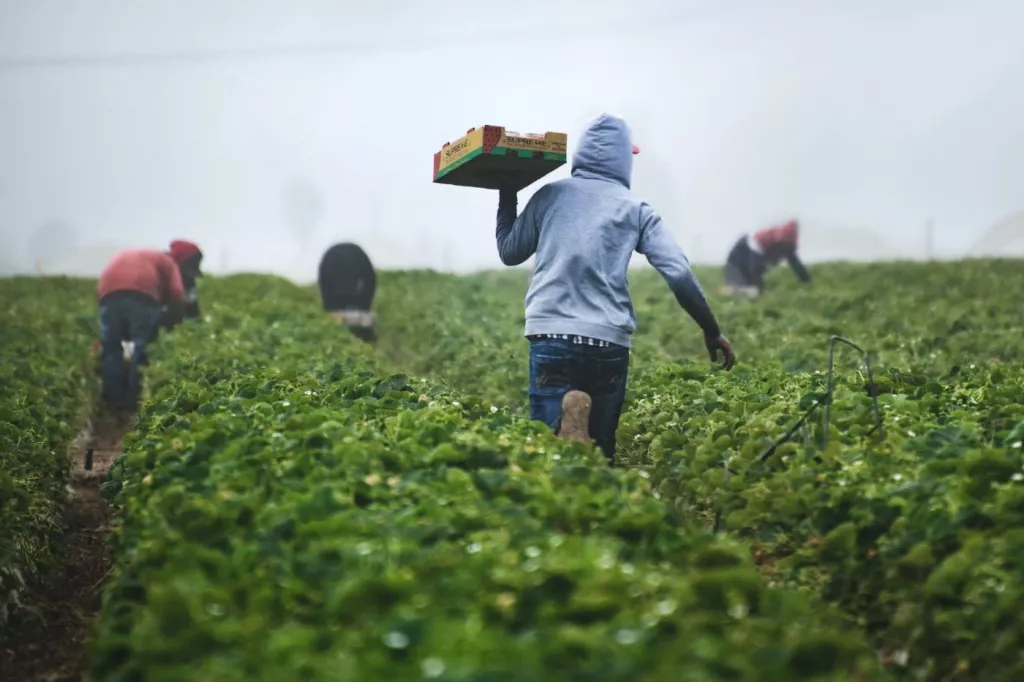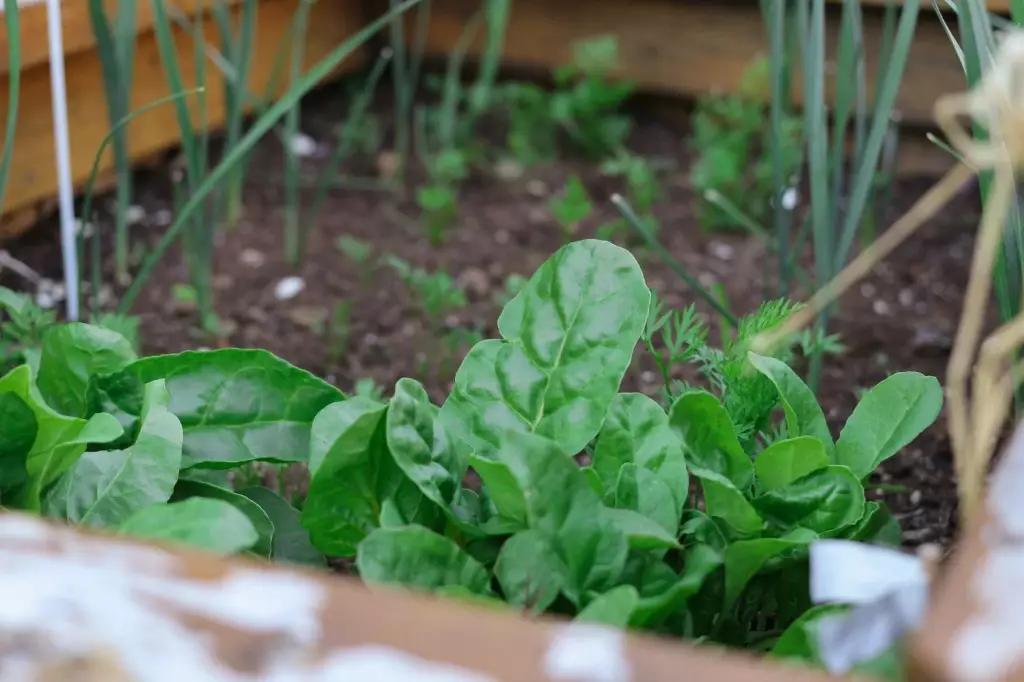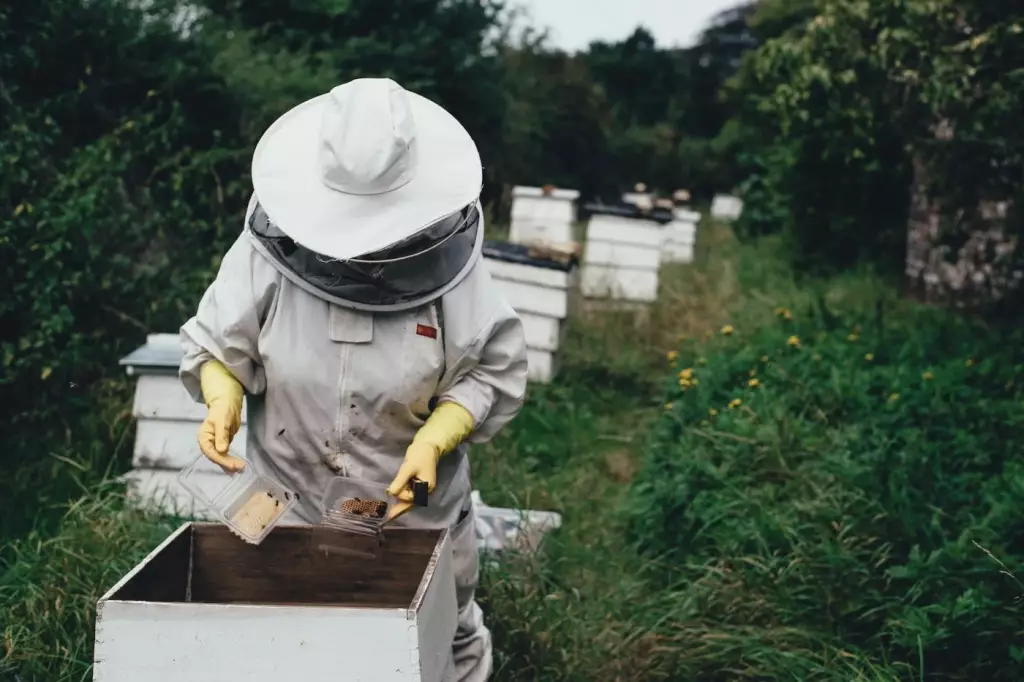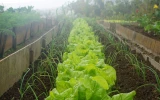You Can Do A Lot With 5 Acres Of Land (Don't Waste It)
There is an inverse relationship between land size and production size. It is said that smaller farms tend to produce more due to the many uses of the limited space and the bio-intensive methods applied when farming small acres. In this article, we’ll give you an idea of what you can do with your 5 acres of land without wasting any space.
The best ways to fully utilize your 5-acre land include starting a market garden of the most common and profitable crops: planting fruit-bearing trees; raising livestock animals such as chickens, pigs, or turkeys; establishing beehives to produce honey, and for pollination; and building a hoop house for transplants.
Five acres of land don’t sound like a lot, but on small farms, it’s more than enough to build a successful farm. There are bountiful ways to gain a high profit off of farming 5 acres of land, as long as you do enough research and make an extra effort. To learn more about how to get the most out of your 5-acre land, keep reading below.
Summary
- The best ways to maximize your 5-acre land are through the following: market gardening, beekeeping, tree planting, poultry, and livestock raising.
- When setting up a market garden, take note of planting cash crops to gain more profit.
- A 5-acre plot of land may be big enough to raise animals like pigs, chickens, and turkeys, but not enough to raise a herd of cows.

Setting Up Farm on Your 5-Acre Land
In some countries, you are entitled to a special tax exemption if you have at least 5 acres of land that is being primarily used and has been used for at least 5 to 7 years for agricultural purposes, such as crop planting, livestock, beekeeping, and the like. This can greatly reduce your property taxes, so you want to do the same with the 5-acre land you just bought to apply for a special valuation in the future.
While it’s a good initiative, turning a 5-acre parcel of land into an actual farm is not as easy as it may seem. You will need to learn how to properly manage it, be creative, and ultimately be hardworking to turn your land into profit. Below is a 5-acre farm plan that you can implement or use as a model so as not to waste any space:
Allot half of the 5-acre land for two market garden plots
The first good thing to make space for is a market garden. Market gardening is small-scale farming involving growing fruits, herbs, vegetables, and flowers and selling them directly to commercial places like restaurants and market stands.
A market garden grows various types of crops instead of a single arable crop, which makes it more productive and profitable. A market garden is the perfect type of garden to arrange in small spaces because it does not need the big equipment used for large-scale agriculture and mostly relies on manual labor and gardening techniques.

To fully utilize your allotted space for a market garden, it’s best to focus on growing the most profitable market garden crops. A market garden with an established sales outlet can make between $20,000 and $35,000, depending on the crops.
If a market garden seems like a small idea, you can try exploring smallholding farms and planting cash crops. A cash crop is a type of crop that is cultivated to be sold either in the national or international market to earn profits from the sale. Some common cash crops you can try growing are coffee, tea, cocoa, cotton, and sugarcane.
Allocate 1 and a quarter acre for cover cropping area
While it’s good to work towards increased yield by planting crops, it’s also good to consider planting crops that can take care of the soil at the same time. This is why an allotted area to plant cover crops such as radish, clover, phacelia, and other leguminous plants is important on your 5-acre land.
Cover plants can slow down erosion, improve soil health, enhance water availability, kill weeds, help deter pests and diseases, and even attract pollinators such as bees. All the above roles of cover crops add up to why they can increase crop yields.
Aside from the above-mentioned importance of cover crops, they are also thought to protect the soil and increase its resilience during intense rainfall as well as during drought. Not having an area allocated for crops can be a mistake you’re making for your 5-acre land!
Raise poultry and livestock in a one-and-a-quarter acre
You can raise a variety of farm animals to maximize your small farmland. Selling them fresh for their meat and by-products can gain you immense profit. Here’s a look at some of the livestock options you may consider raising on one and one-fourth acres of land:
1. Raise chickens on your small farm
Aside from their meat, chickens also produce eggs, and both sell very quickly in the market. There are, of course, various things to consider doing before you can make money out of your poultry, such as:
- Building a chicken coop where the chickens will live and lay eggs (choose a well-suited non-bulky design to fit your space)
- Purchasing chickens from the local hatchery (and making sure there are different breeds)
- Feeding, providing fresh water, collecting their eggs
- Regular monitoring to maintain their good health condition.

2. Raise pigs on your small farm
Raising pigs on a limited acreage is a good idea. But to get started, you must consider the following:
- How many pigs are viable to raise in a 1-and-a-quarter acre of space and still allow them to roam
- Pigs require access to fresh water and food. Although they are omnivores and eat about anything, it’s good to maintain a balance in their diet by mixing grains, vegetables, and fruits.
- Building them an escape-proof pig pen
3. Raise turkeys on your small land
Another good livestock option to raise on your small land is turkeys. They are very lucrative, especially during in-demand seasons like Christmas and Thanksgiving.
To start off, you will need to purchase turkey chicks from local breeders. The coop where they will live can be built or purchased, but make sure there’s plenty of space and ventilation. Once the chicks have grown, a high-protein diet is required for them to put on weight. Access to fresh water should also always be provided.
When they reach maturity, you may start the selection process and choose which ones you’d like to keep, and which are for sale. Just make sure you’re selecting high-quality meats, whether you process them by manual plucking or take them to a professional processor.
Apportion 4000 square feet for hoop houses
A hoop house is a semi-permanent structure that extends the growing season. You must allocate 4,000 square feet of your 5-acre land for this purpose since this will be used for starting transplants and growing early crops. Keep in mind that when building a hoop house, it must not shade the crops and must be placed where it can provide a windbreak.
Set up beehives on the garden perimeter
With bees being the largest contributor in pollinating crops worldwide, it’s a good idea to raise a colony or two on your own space for the purpose of extracting honey as additional profit, and for pollinating your crops and therefore increasing crop yields as well.
You can set up beehives within your 5-acre land, and the best location for these will be in your garden area. Before you start, keep in mind the following:
- Decide which type of beekeeping suits your limited space. You may outweigh the pros and cons of each type of beekeeping by reading this article.
- When fully decided, purchase beekeeping supplies depending on your chosen type: beehive, frames, and other equipment.
- Set up your hive in an area with plenty of sunlight and access to fresh water.
- Purchase bees and start producing honey. Place frames in your hives and wait till the bees fill them with honey. Note that during the first year, it’s best not to harvest honey right away since the newly established colony may only have honey produced enough to last them during winter.

Plant fruit-bearing trees on the sides of your property
While planting a tree sounds easy, there are things to consider if you plan to plant trees in a very limited space:
- Choose the right tree species. This can be done by researching which tree species is more valuable, profitable, and easy to care for. A bit of research can help you decide.
- Ensure that the quality of the land type you’re planting on is suitable for trees. Soil for tree planting must be rich and fertile. Climate should also be a factor to consider.
- Once tree species have been identified and soil has been checked for suitability, prepare the ground for planting. Clean away debris, till the soil, and make sure it is water-drenched.
- Start planting the tree correctly. Consider the correct depth of planting so the tree can grow strong and healthy.
- Regularly monitor and take care of the trees. Watering, applying fertilizer, and protecting them from pests and disease is key to successfully establishing trees around your 5-acre land.
Limitations of a 5-Acre Land
While the above plan is certainly doable in 5-acre farmland, if your goals and ambitions are beyond growing food for your family’s consumption and for the market, you’ll see that there will be limitations.
Although market gardening can still be done all out, you will have to assess what can only be planted. This means you cannot go overboard on what you have already been planting because going a little bit too much will compromise the other spaces you’ve allotted for other purposes. Growing larger quantities of one thing might mean less space for something else.
Now, when it comes to livestock, this is where the limits of a 5-acre land come into play. As seen above, you may only raise small farm animals because raising a cow on pasture will already take 1 acre off your 5 acres.
Five acres is a livable and sustainable size for beginners in farming. It can provide food and forage, but you must do well with managing and planning your space well.



